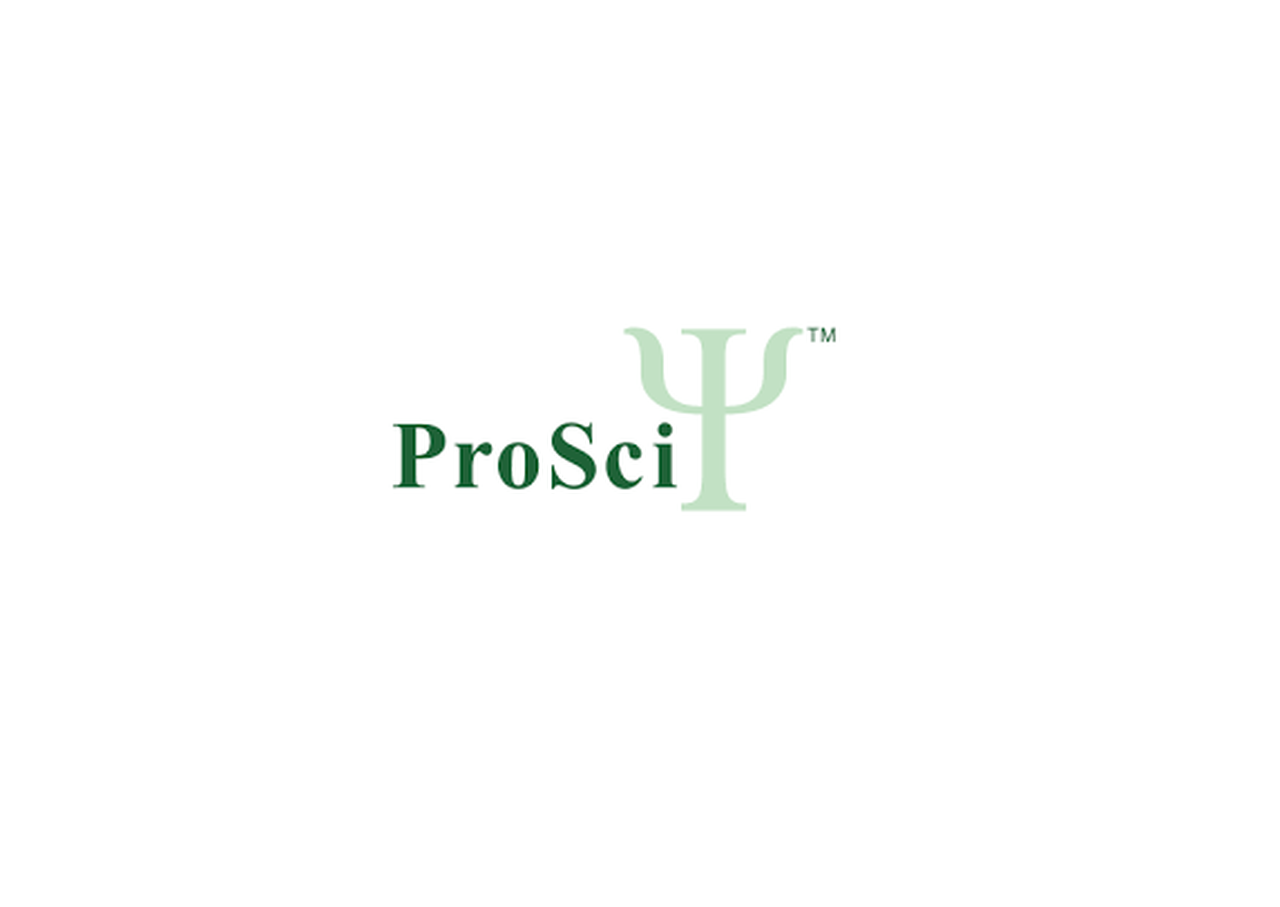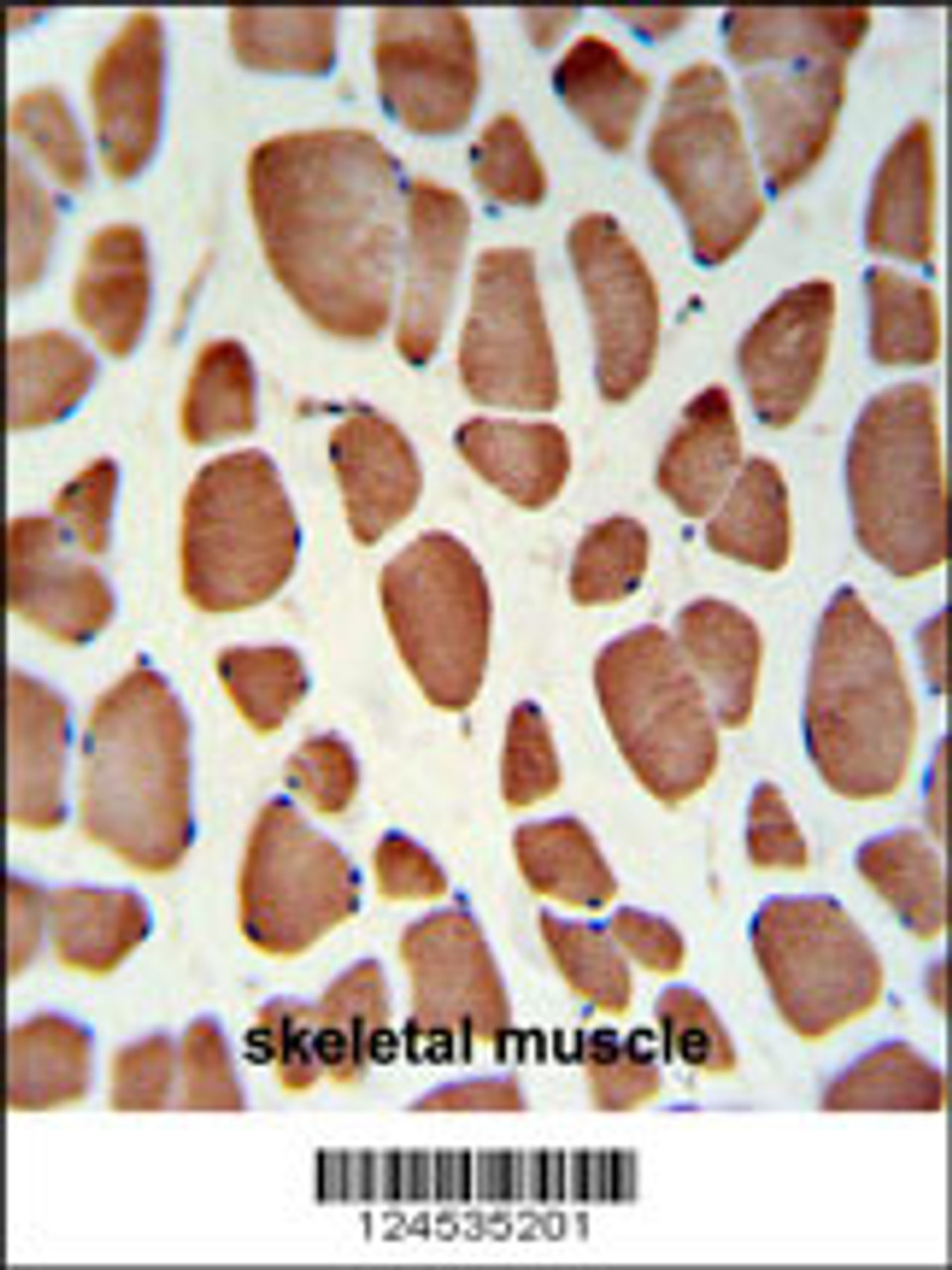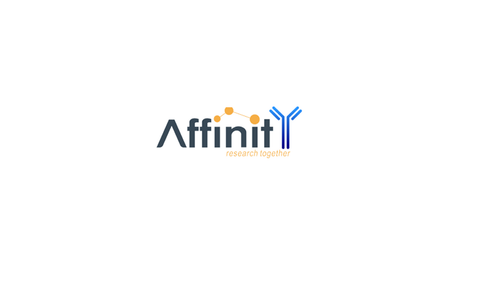Product Description
HSD11B2 Antibody | 64-100 | ProSci
Host: Rabbit
Reactivity: Human
Homology: N/A
Immunogen: This HSD11B2 antibody is generated from rabbits immunized with a KLH conjugated synthetic peptide between 277-306 amino acids from the Central region of human HSD11B2.
Research Area: Cancer, Cell Cycle, Obesity, Signal Transduction
Tested Application: WB, IHC-P, Flow
Application: For WB starting dilution is: 1:1000
For IHC-P starting dilution is: 1:50~100
For FACS starting dilution is: 1:10~50
Specificiy: N/A
Positive Control 1: N/A
Positive Control 2: N/A
Positive Control 3: N/A
Positive Control 4: N/A
Positive Control 5: N/A
Positive Control 6: N/A
Molecular Weight: 44 kDa
Validation: N/A
Isoform: N/A
Purification: This antibody is purified through a protein A column, followed by peptide affinity purification.
Clonality: Polyclonal
Clone: N/A
Isotype: Rabbit Ig
Conjugate: Unconjugated
Physical State: Liquid
Buffer: Supplied in PBS with 0.09% (W/V) sodium azide.
Concentration: batch dependent
Storage Condition: Store at 4˚C for three months and -20˚C, stable for up to one year. As with all antibodies care should be taken to avoid repeated freeze thaw cycles. Antibodies should not be exposed to prolonged high temperatures.
Alternate Name: Corticosteroid 11-beta-dehydrogenase isozyme 2, 111-, 11-beta-hydroxysteroid dehydrogenase type 2, 11-DH2, 11-beta-HSD2, 11-beta-hydroxysteroid dehydrogenase type II, -HSD11 type II, NAD-dependent 11-beta-hydroxysteroid dehydrogenase, 11-beta-HSD, HSD11B2, HSD11K
User Note: Optimal dilutions for each application to be determined by the researcher.
BACKGROUND: There are at least two isozymes of the corticosteroid 11-beta-dehydrogenase, a microsomal enzyme complex responsible for the interconversion of cortisol and cortisone. The type I isozyme has both 11-beta-dehydrogenase (cortisol to cortisone) and 11-oxoreductase (cortisone to cortisol) activities. The type II isozyme, encoded by this gene, has only 11-beta-dehydrogenase activity. In aldosterone-selective epithelial tissues such as the kidney, the type II isozyme catalyzes the glucocorticoid cortisol to the inactive metabolite cortisone, thus preventing illicit activation of the mineralocorticoid receptor. In tissues that do not express the mineralocorticoid receptor, such as the placenta and testis, it protects cells from the growth-inhibiting and/or pro-apoptotic effects of cortisol, particularly during embryonic development. Mutations in this gene cause the syndrome of apparent mineralocorticoid excess and hypertension.
 Euro
Euro
 USD
USD
 British Pound
British Pound
 NULL
NULL












